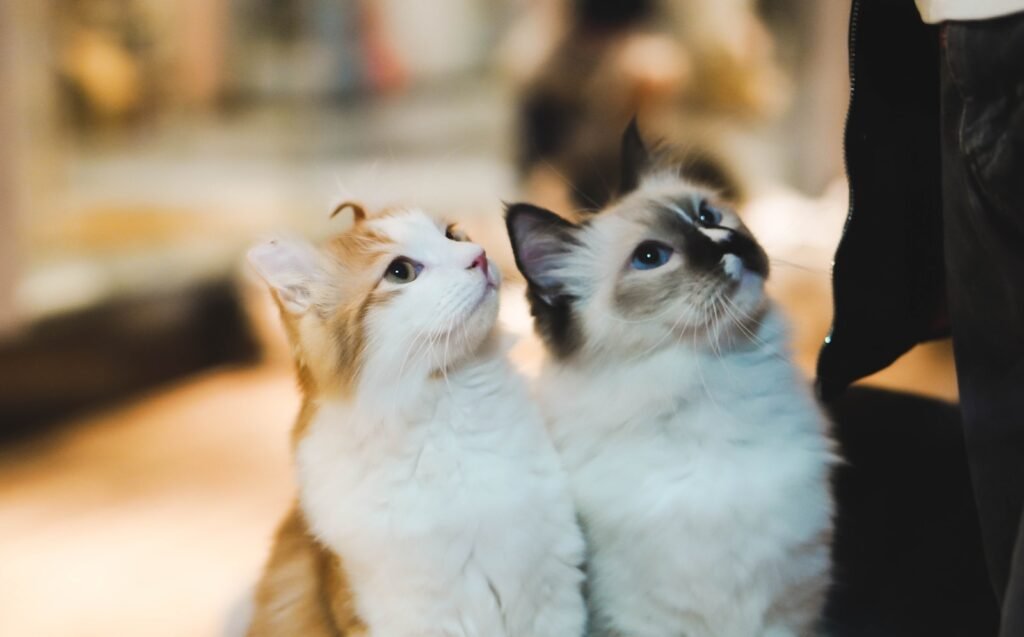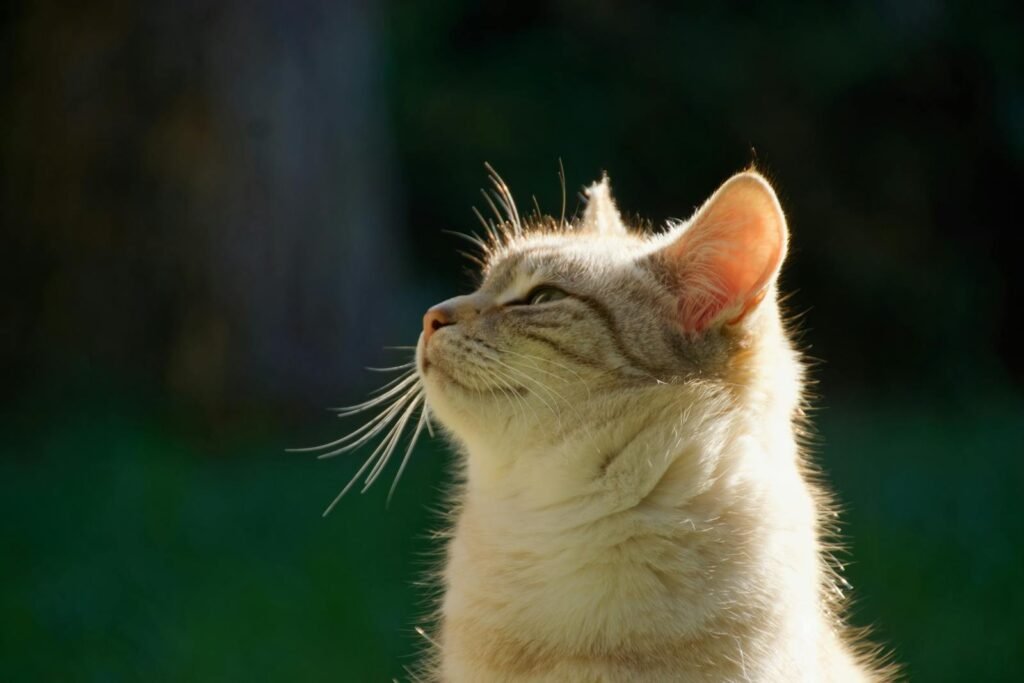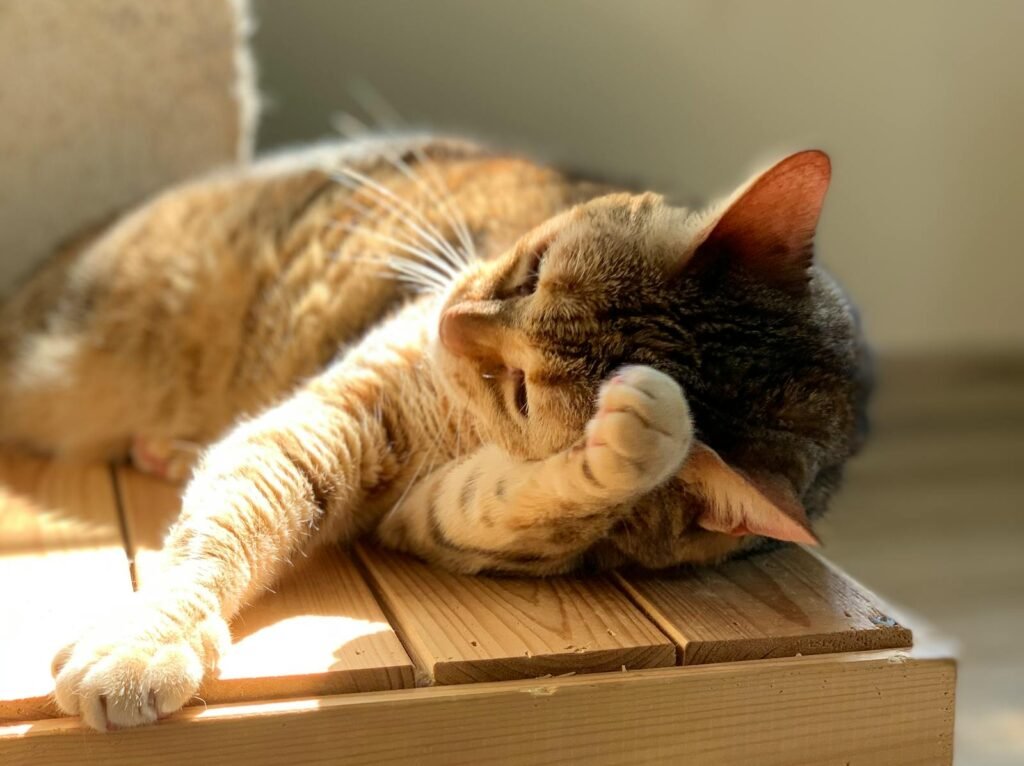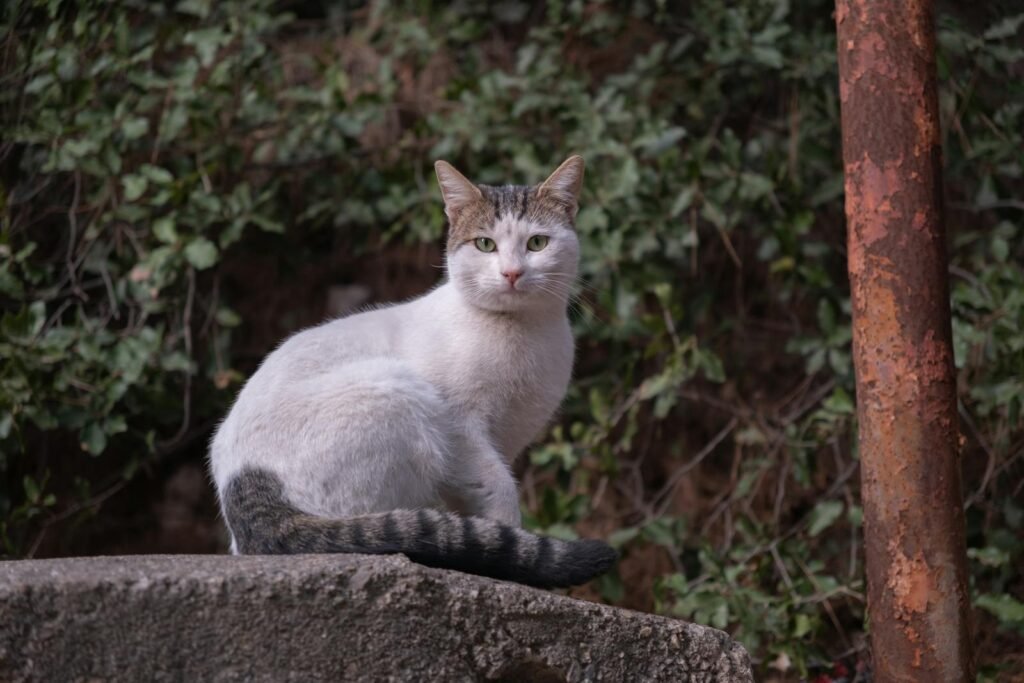The age-old debate about whether house cats should be allowed outdoors is a topic that touches on a variety of concerns including animal welfare, environmental impact, and public health risks. While proponents of both sides offer compelling arguments, it is essential to consider various aspects to make an informed decision regarding your feline companion. This article will explore the pros and cons of letting house cats roam outside, with insights rooted in science and practical considerations.
Nature vs. Nurture

Cats are natural predators, instinctively driven to hunt and explore. While domestication has altered some of these instincts, many cats retain a strong desire to roam freely. Outdoor enthusiasts argue that allowing cats to go outside satisfies these ingrained behaviors and contributes to their overall happiness. However, the ability to express these instincts must be weighed against potential dangers.
Health Benefits of the Great Outdoors

Proponents of outdoor exploration tout numerous health benefits for cats, such as increased physical activity and mental stimulation. Outdoor environments offer diverse stimuli that can prevent boredom, promote fitness, and reduce stress-related behaviors like scratching and excessive vocalization. Nevertheless, these benefits must be balanced against health risks present in outdoor settings.
Risks of Outdoor Life for Cats

Despite the allure of outdoor freedom, cats face significant hazards when they venture outside. Traffic, predators, and harsh weather conditions pose immediate physical threats. Additionally, outdoor cats are at risk of infectious diseases like feline leukemia virus (FeLV) and feline immunodeficiency virus (FIV) from contact with other animals. These risks can lead to higher mortality rates among outdoor cats compared to their indoor counterparts.
Environmental Impact and Wildlife Concerns

Outdoor cats are known to hunt and kill wildlife, which has a notable impact on local ecosystems. Studies estimate that cats kill billions of birds and small mammals annually in the United States alone, putting pressure on already vulnerable wildlife populations. Conservationists argue that keeping cats indoors is an ethical responsibility to protect native species and biodiversity.
Public Health Implications
Cats allowed to roam outside can become vectors for diseases transmissible to humans, such as toxoplasmosis and cat-scratch disease. Additionally, outdoor cats face the risk of ingesting harmful substances or being exposed to poisons intended for pest control. Public health experts recommend keeping cats indoors to minimize these risks, as well as prevent them from becoming a nuisance in neighborhoods.
Alternatives to Traditional Outdoor Freedom

For cat owners who want to provide a sense of adventure without exposing their pets to outdoor hazards, there are alternatives. Enclosed cat patios, or “catios,” offer a safe space for outdoor enjoyment. Harness training for leash walks can also allow cats to explore under close supervision. Such alternatives provide a compromise, offering stimulation and exercise while minimizing risks.
Indoor Enrichment

Cats kept indoors full-time can thrive with appropriate environmental enrichment. Toys, scratching posts, climbing structures, and puzzle feeders can mimic some of the stimulation that outdoor environments provide. Creating a dynamic indoor environment can help reduce problem behaviors and promote overall well-being, supporting the argument that well-cared-for indoor cats can lead happy lives.
The Role of Urban vs. Rural Settings

Geography plays a significant role in the indoor-outdoor debate. In urban areas, the risks of traffic and human conflicts are more pronounced, often tipping the balance in favor of indoor living. Conversely, rural settings may offer safer spaces for supervised outdoor time, though risks from wildlife and exposure to disease still exist. The decision may therefore rely in part on the specific environment in which the cat resides.
Personal Responsibility and Decision-Making

Ultimately, whether to keep a cat indoors or allow it outdoors is a personal decision that should involve careful consideration of the specific circumstances and the individual cat. Owners must weigh the desires of their pets against potential risks and impacts on the community and environment. Seeking advice from veterinarians and animal behaviorists can aid in making an informed and balanced choice.
Striking a Balance

The debate over allowing house cats outdoors involves complex issues, each with valid concerns and strong arguments. By understanding the implications of both choices, cat owners can make educated decisions that align with their values and priorities. Whether indoors or out, the ultimate goal remains the same: ensuring that our feline companions lead safe, healthy, and fulfilling lives.

Growing up traveling and experiencing new cultures and wonders, I have had a passion for nature, adventuring, photography, and videography. I am currently working towards a BSc in Biodiversity and Ecology at Stellenbosch University, and I hope to specialise in Marine Sciences one day.
Please send any feedback to Feedback@animalsaroundtheglobe.com






